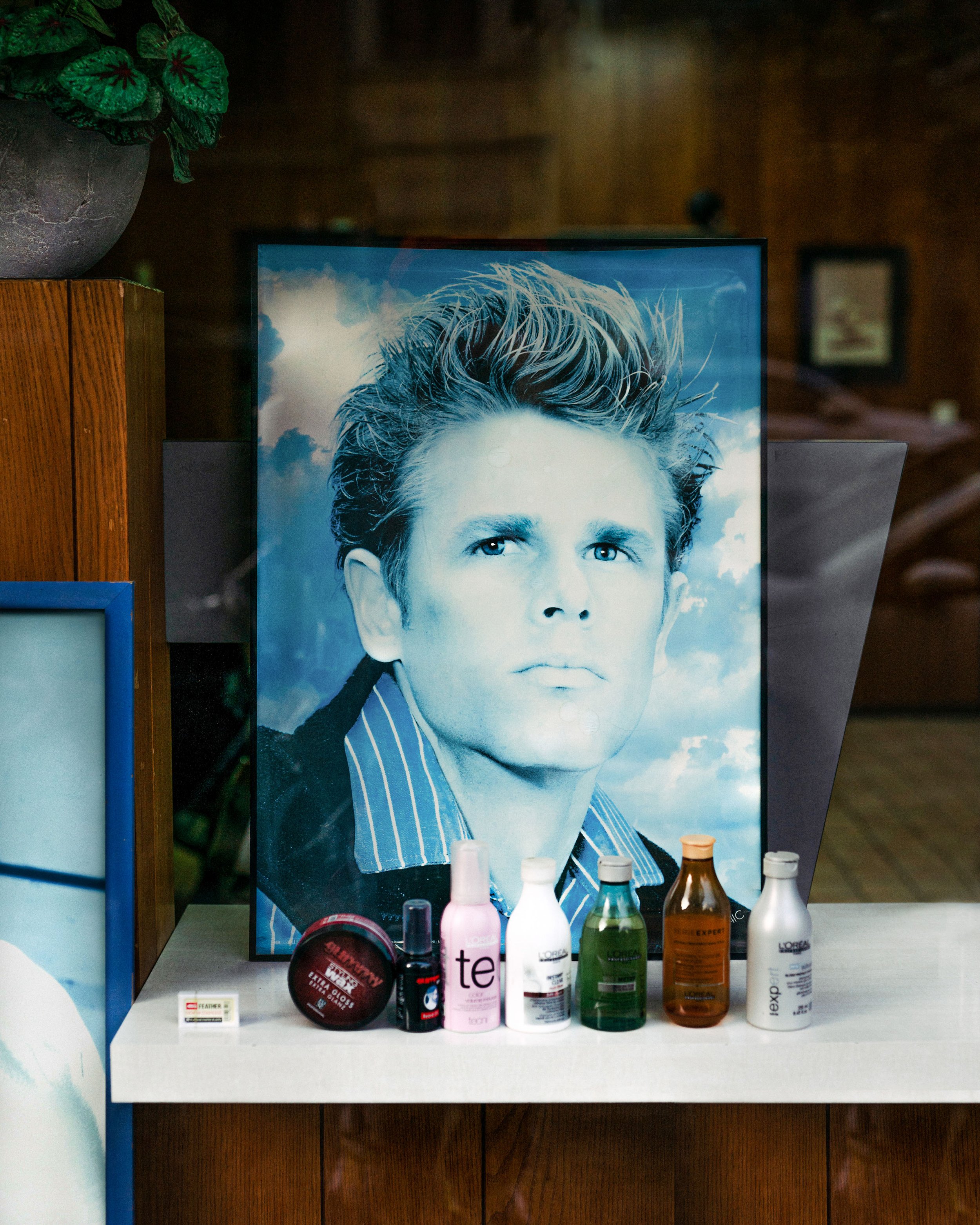Stories - Matej Jurčević
I GET SO LONELY, LIFE IN MAGAZINES - Matej Jurčević
Matej Jurčević (b.1995, Croatia) graduated from the Academy of Fine Arts (KASKA), Antwerp in 2021 with a MA in Photography. In his artistic practice he explores themes of identity, collective memory and youth culture. He is a recipient of the VID Grant award for 2021 hosted by the VID Foundation for Photography. The award is granted to photographers exploring relevant social issues in the Balkans. In 2022 he published his first photobook: I try to take care of myself now. The book was published by Organ Vida Publishing.
American pop cultural trends in the ‘90s introduced an atmosphere of freedom and community by bringing entertainment media into the global market. This was also the time when youth culture strove to counter the imposed rules by their parents and seek independence from dominant social norms. Who hasn’t torn out magazine pages to decorate their room walls with images of movie or music stars? Matej Jurčević was one of the kids who found an escape from his Catholic family in teenage magazines. An escape where he could enliven his repressed identity. In his work as a photographer, Jurčević goes back to his fears of being open to the public. In a form of visual research, he collects and presents fashion magazine imagery to reconnect to the memory of his younger self.
I GET SO LONELY, LIFE IN MAGAZINES was a project which was shown in the 2022 Fresh Eyes book. In it, Jurčević presented a collage series devoted to himself, fashion magazine models, and his music icon Scottish DJ and singer - SOPHIE. Coming from a photography background it was tricky for Jurčević to switch to manually making collages. The photographs are glued together creating one fragile two-dimensional installation. The final version of the project shows images taken from the magazine with either frayed or even edges. The collected images create a collage through which Jurčević refers to his anxieties and difficulties with acceptance as a teen. In his visual research, Jurčević reinstalls an attitude of admiration, obtained during his religious upbringing which he then translates into magazine imagery. Paper collages preserved in a digital image break with traditional methods of organising archival documentation. While working on the project, Jurčević saw what kind of imagery and connections between them relate more to how he was feeling. As he writes in the blog post of Der Greif, with time image cutouts began resembling thorn portraits. As he continues in the post, the unsharp appearance of his photography reminded him of a destroyed icon. The combination of images of fashion models and then reassembling them in diverse ways was a crucial step for him as a photographer to form an imagined version of his teenage self. Collages gave him a safe place where he could explore the boundaries of his Catholic identity.
Jurčević’s idea for I GET SO LONELY, LIFE IN MAGAZINES opens up the public an opportunity to see the domestic space as an inclusive landscape where all identities can flourish. His project shows how in the post-pandemic world the meaning of a personal home extends beyond a mere space of living into an experience lived and shared by a community. This is another reason why Jurčević’s project is so important nowadays as it contests our perception of an archive.







